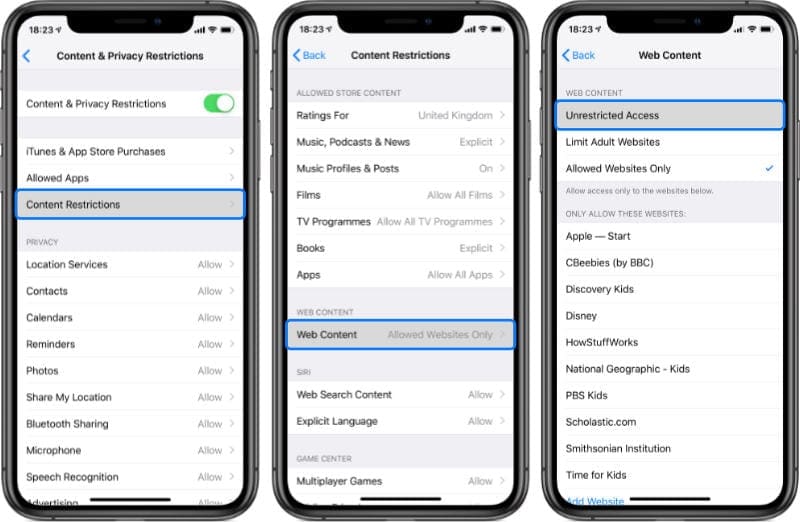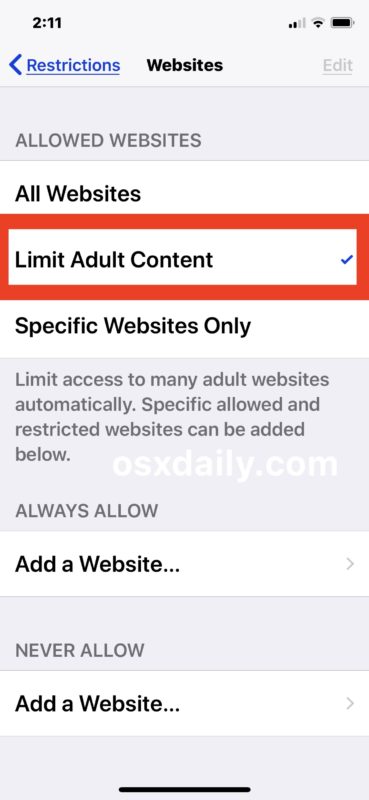
On your iPhone or iPad, open the Chrome app. To exit Incognito mode, close all Incognito tabs. If you have an Incognito tab open and you open another one, your private browsing session will continue in the new tab. Incognito mode runs in a separate tab from your normal Chrome tabs. You will now be able to login into your Act! database. Close Incognito mode to stop private browsing. Outcome: After your Safari browser closed, launch it again and return to the site of your Act! Premium Mobile URL, and what it display properly without the error message above. Step 4: Choose whether you want to keep all of your tabs open or close them to exit your private browsing session on the iPhone. Step 3: Tap the Private button at the bottom-left corner of the screen, circled in the illustration below.

If you do not see the menu bar with the Tabs icon, scroll up on the page until it appears (see orange circle at the bottom right of the illustration below). Step 2: Tap the Tabs icon at the bottom-right corner of the screen. Step 1: Launch the Safari browser (see circled icon below). Turning off private browsing in Safari will not turn off private browsing in other browsers. If you are using a different browser, such as Chrome, then you will need to turn off private browsing within that app instead. This tutorial is specifically for an iPhone running iOS 7 or higher, and is for the Safari browser only. Turn Off Safari Private Browsing in iOS 7 or higher

It is also found in the Safari browser on your iPhone or iPad, and is a great way to browse sites that you do not want to appear in your browser history. The private browsing feature is something that you will find in every popular browser that you use on your computer. This often takes place after a major update to your IOS device's operating system, where some of the browser settings get reset. To turn off Incognito Mode, return to the Google App’s home page and tap the “Turn Off” button.When using Act! Premium Mobile, you will some times encounter an error message like the one below (see the orange box in the illustration under "Step #2), that advises you to "Disable Private Browsing. Now select “Turn on Incognito” from the drop-down menu.Ī banner across the top of the screen will say “Incognito Mode is on.” You can now do searches and browse the internet without the activity being saved to your account. Next, tap your profile icon in the top-right corner.

Use Apple’s Spotlight Search to locate the app if you can’t find it on your home page or App Library. RELATED: How to Delete the Last 15 Minutes of Google Search Historyįirst, open the Google app on your iPhone or iPad. It’s essentially a mini-browser of its own that includes Discover, but you may not want your activity recorded. All of the searching and browsing results happens within the app. The Google app for the iPhone and iPad offers an all-in-one experience. On an iPhone or iPad, if you’re using the Google app as a web browser instead of Safari or Chrome, you can browse in incognito. “Incognito Mode” is a common feature in web browsers that allows you to use the web somewhat anonymously.


 0 kommentar(er)
0 kommentar(er)
